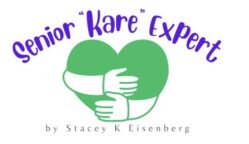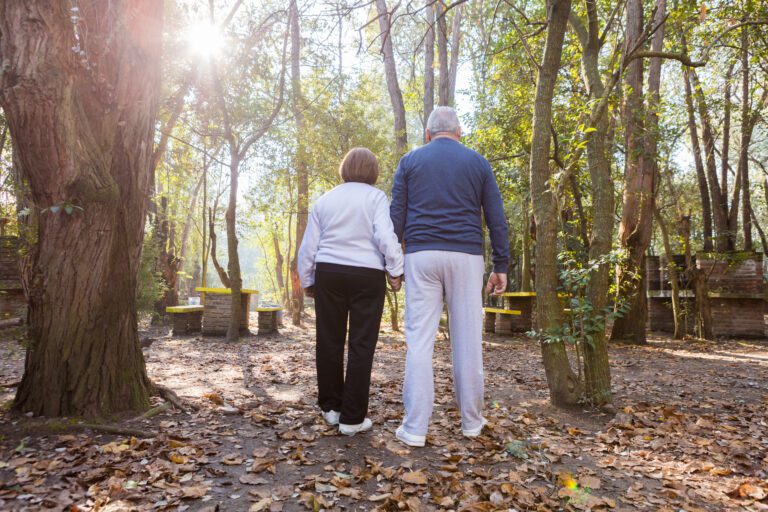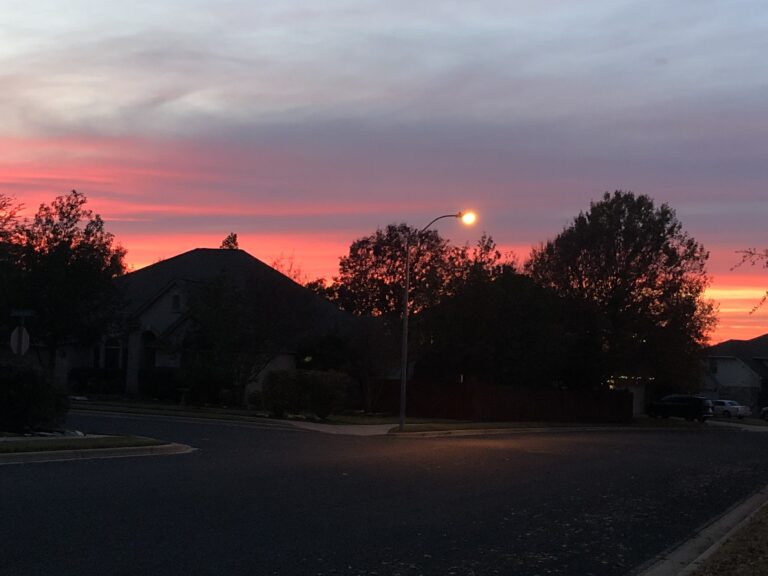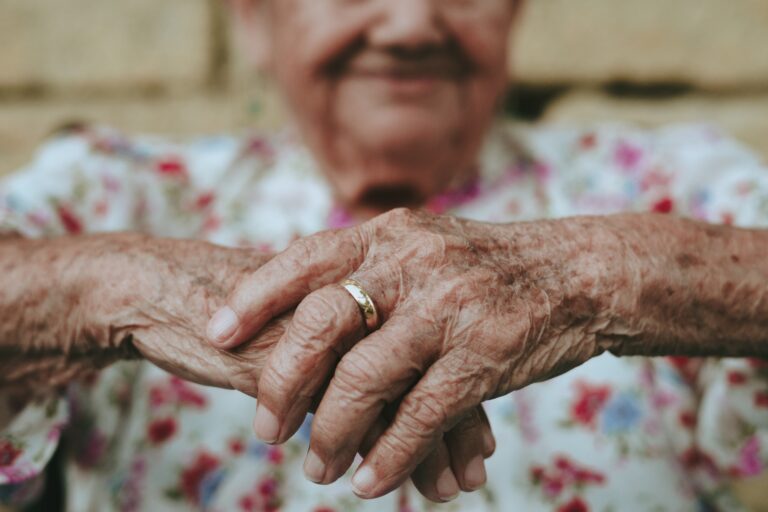‘Tis the season when the chill in the air and the fallen leaves remind us of nature’s cycles. But for older adults, this season also rings alarms for increased fall risks. Falls are a critical concern for this demographic, often leading to severe consequences. In fact, data reveals that in a year, 1 in every 4 Americans aged 65 or older will suffer a fall, resulting in 8 million emergency department visits, 800,000 hospitalizations, and more than 27,000 deaths.
Increased Risks Outdoors During Fall and Winter
The fall and winter months add environmental hazards such as slippery leaves, acorns, ice, and snow, which heighten the risk of falls. Diminished daylight impairs visibility, making it harder for older adults, who may already face challenges with balance and vision, to navigate safely. Protective measures like appropriate footwear, outdoor safety gear, and maintaining physical activity are vital to mitigate these risks.
Indoor Fall Risks for Seniors
Indoors, risks lurk in the form of loose carpets, wet floors, and clutter. Poor lighting and lack of handrails or grab bars can lead to accidents. Medications and chronic conditions that affect balance are also significant contributors. Ensuring regular home safety assessments and health check-ups are key preventive strategies.
The Impact of Stress, Muscle Tension, and Backaches
We recently spoke to Austin’s top rated chiropractor for the last 3 years, Matt Delgado of LifeSpring Chiropractic “As a chiropractor who has seen thousands of patients over a 7 year career, I have definitely noticed more falls during the holiday season. Even living in a place like Austin, Texas where we don’t have ice, we still see increased falls. My best guess is the link between stress and altered function of the body. Changes in our hormones from stress, including the main stress hormone, cortisol, will have an impact on the nervous system’s ability to communicate with our body effectively. Two key areas that may be affected include the cerebellum, which controls coordination and movement, and the vestibular system, located in the ear which controls balance.”
The role of stress, muscle tension, and backaches in increasing fall risk cannot be understated. These factors can disrupt balance, alter gait, and limit mobility. Incorporating stress reduction techniques, regular physical activity, and professional management of chronic pain, including seeing a chiropractor, are essential in managing these risks.
Neuropathies and Fall Risks
In addition to stress and muscle issues, neuropathies present a significant challenge for older adults in maintaining balance and avoiding falls. Neuropathies, which involve damage to the peripheral nerves, can lead to numbness, weakness, and pain, primarily in the hands and feet. These symptoms significantly impair an individual’s ability to sense their environment, making it difficult to navigate safely and increasing the risk of falls. Regular medical assessments to monitor nerve health, coupled with tailored exercises to enhance coordination and balance, are crucial for those dealing with neuropathies.
Selecting Proper Footwear to Prevent Falls
Proper footwear is vitally important in preventing falls, as incorrectly fitted footwear has been linked to foot pathology and increased fall risk. One study found that 78% of older participants wore outdoor shoes narrower than their feet. Older adults often have broader feet and flatter arches, making standard shoes ill-fitting. This problem extends to both outdoor and indoor footwear, with many older adults unknowingly wearing shoes that are either too narrow or the wrong size altogether. Regular foot size measurements and awareness of changes in foot morphology are essential for selecting appropriate footwear. Shoes should be chosen not only for correct length but also for adequate width, providing sufficient room and comfort while ensuring stability and minimizing the risk of falls.
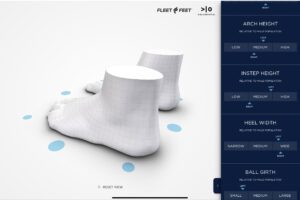

The use of a specialized pressure plate further enhances the fitting process by analyzing your gait pattern and identifying pressure points. This analysis helps determine the natural rolling motion of your feet, which is crucial for selecting shoes that provide the right support and cushioning. Ultimately, this comprehensive fitting approach ensures that the shoes you select are not only comfortable but also well-suited to your individual needs, reducing the risk of falls and accommodating any changes in foot morphology due to age or conditions like diabetes.
Post-Hospitalization Risks
The days right after a hospitalization are most critical a secondary fall risk. A recent study found that 4 out of 10 American seniors who suffered a fall and were treated for head trauma in the ER did not receive follow-up care after returning home. This lack of follow-up often leads to missed opportunities for fall-risk assessment and necessary interventions to prevent future falls. The study highlighted the need for comprehensive care, including a in-home caregiver as well as physical therapy, which has been shown to reduce recurrent falls, re-hospitalization, and mortality.
The study, conducted by Dr. Richard Shih and his team, involving more than 1,500 seniors who fell and suffered a head injury, underscores the importance of fall-risk assessment and patient education, both in the emergency department and during follow-up visits with primary care physicians.
As we embrace the beauty of the season, let’s not forget the heightened risks it brings for our senior community. Understanding these risks, both outdoors and indoors, and the crucial role of comprehensive post-hospitalization care, is vital in safeguarding the well-being of older adults. Let this season be a reminder of the importance of fall prevention strategies and the need for a collective effort in supporting our aging population.
📸 Image by rawpixel.com on Freepik
You can Also check
The Big Impact of Part-Time Home Care on Senior Well-being
The 7 Signs that Your Loved One Needs Home Care Assistance
How to Choose An Assisted Living Community for Your Loved One & Avoid Common Pitfalls
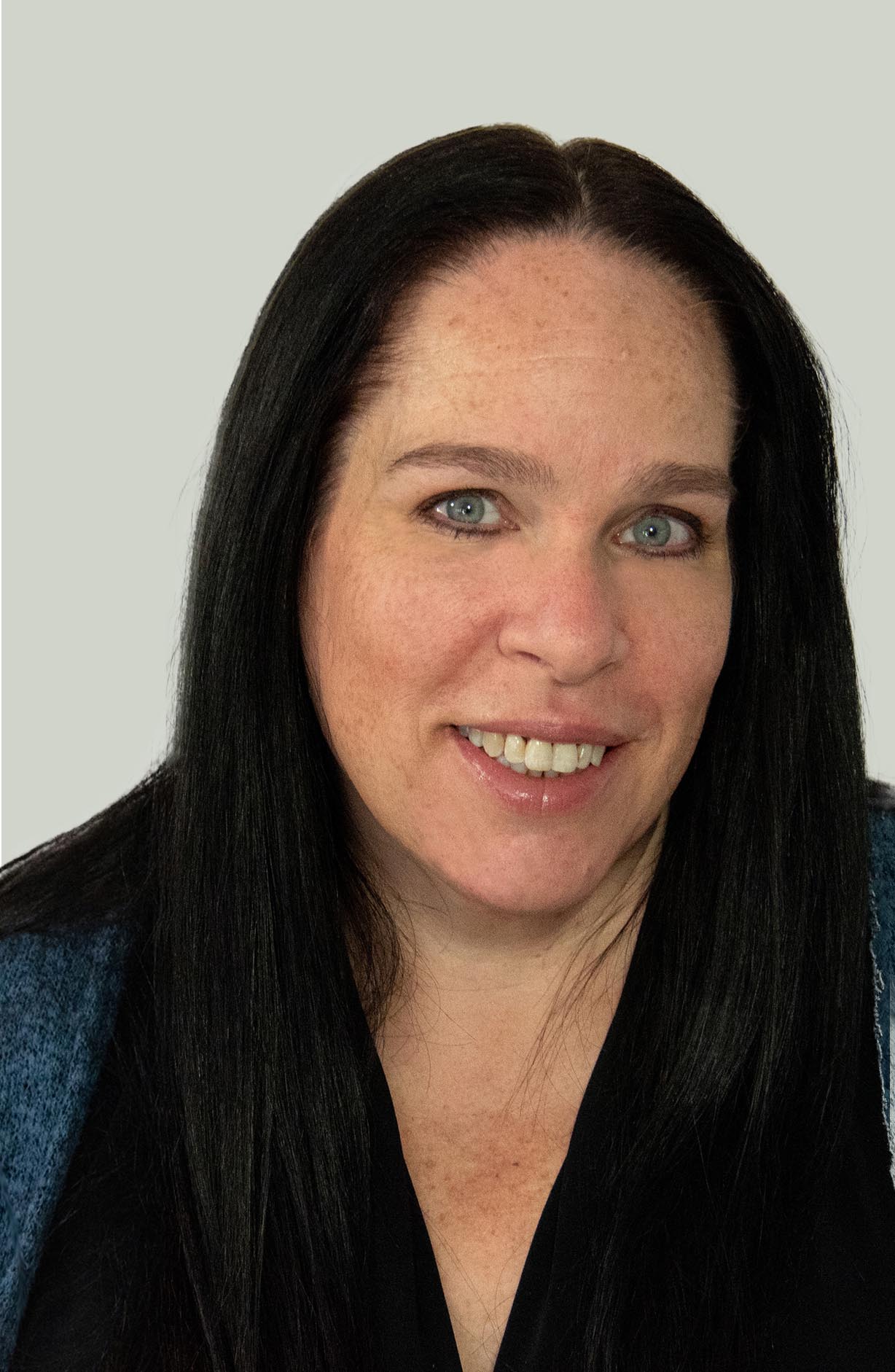

From a young age, Stacey’s link to the senior care industry grew alongside her mother’s work at a nursing home, where she often accompanied her. By her early teens, she secured her first official job at a nursing home, laying the foundation for a profound journey in senior care spanning over four decades. Her roles varied from opening assisted living and memory care residences to working in nursing homes and independent senior living communities. As the former Director of Fun for 300 independent seniors, she expertly organized daily events and trips. Stacey’s unwavering passion, nurtured by her family, and professional dedication as a recreation therapist, reflect her deep commitment to preserving the dignity and well-being of seniors.
Stacey’s senior care expertise has been recognized by the media including U.S. News and World Report and Care.com.
Stacey and her husband Bryan are the owners of the senior in-home care agency A Place At Home – North Austin.
